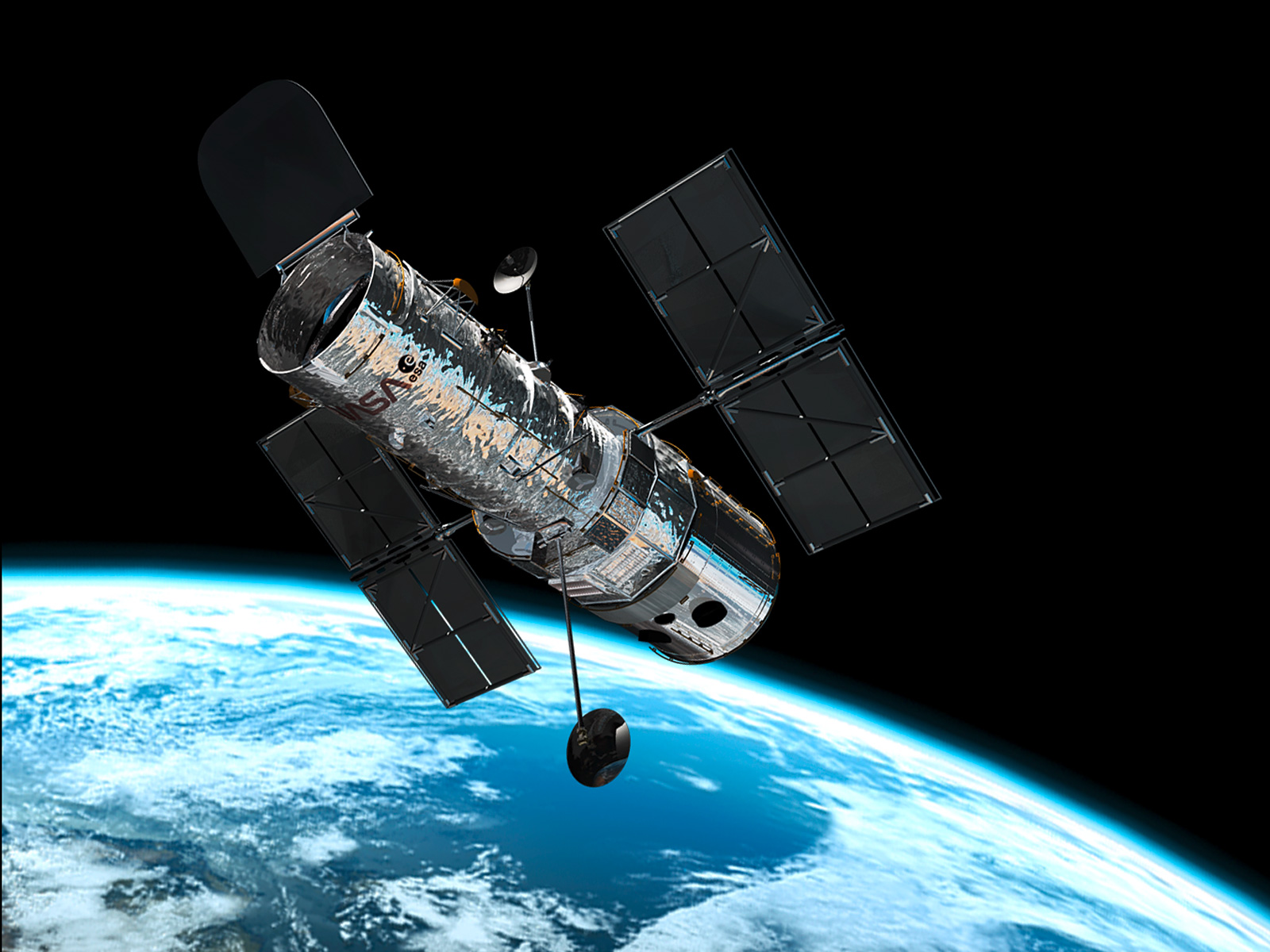Essay for Writing 121
Velvet Oblivion
Introduction to Space Research:
It's human nature to question the meaning of existence and existence itself. This is the essence of what makes us human beings. At some point in life, one must stare up at the night sky and contemplate what actually lies beyond the angelic and familiar vivid, silver spheres that have illuminated the night sky for billions of years. The desire to know the unknown is within us all, even if we have accepted that a conclusion might never be reached, it's still a part of humankind to attempt to understand the universe's greatest mysteries through science, philosophy, religion, or whatever form of explanation seems to bring a sense of peace and understanding to one's mind.
We must learn to share inspiration through wonder. Space contains limitless questions which can be answered in even more limitless amount of ways. This is one of the many reasons behind my passion for space. My initial questions to conclude my research with will be is the universe expanding? and will it ever have an end? So without further ado, I began the journey through deep space research with home, our own solar system. From there my searches will expand just like the borders of our universe might.
 |
| NASA's Hubble Space Telescope |
Authors of starchild are Joyce Dejoie and Elizabeth Truelove. In the article, they addressed the quesion: does our solar system orbit something?
This article describes our solar system's position in the Milky Way Galaxy. Truelove and Dejoie state that our solar system is moving at "an average velocity of 828,000 km/hr. But even at that high rate, it still takes us about 230 million years to make one compete orbit around the Milky Way." They also explain the position of where our solar system is by reference to star constellations such as Orion, Perseus, and Sagittarius. Our galaxy is what's known as a spiral galaxy due to its shape, but the Milky Way galaxy is a special type of galaxy.
We have what's called a "barred spiral galaxy" which means that stars cluster together in a line across the center of the galaxy instead of just having a bulge of nuclear gas in the center. Yet we still orbit around the bar of stars on the arm of Orion 28,000 light-years away from the center of the galaxy.
Starchild was the beginning of my path to space research. After I learned that the whole solar system orbits around something, I had to find out what that exactly was. What made up the mysterious "Galactic Center" that we orbit after hundreds of millions of years? Next I searched for what lies at the center of the Milky Way Galaxy?
Credit: Dejoie, Joyce , and Elizabeth Truelove. "StarChild Question of the Month." StarChild. NASA, n.d. Web. 18 Feb 2014. <http://starchild.gsfc.nasa.gov/docs/StarChild/team.html>.



